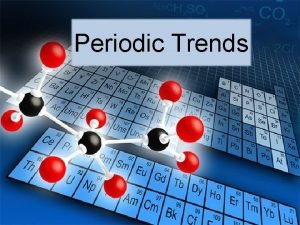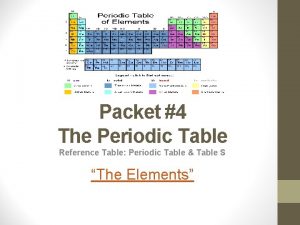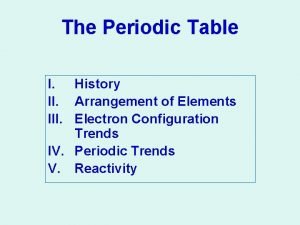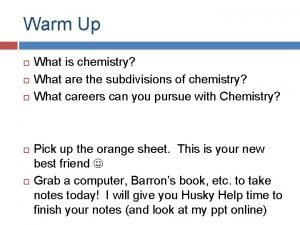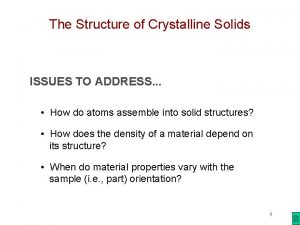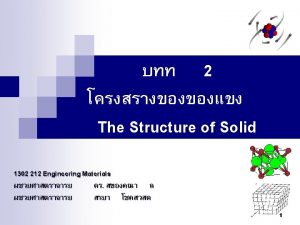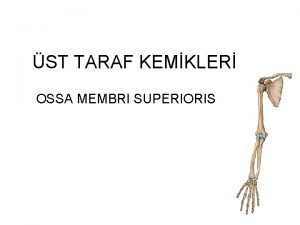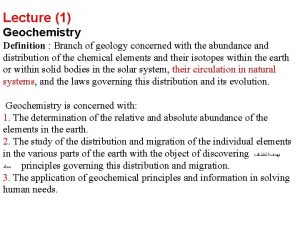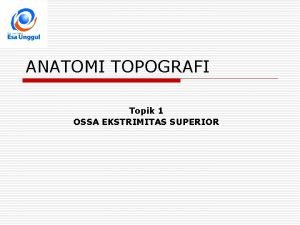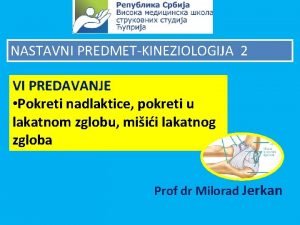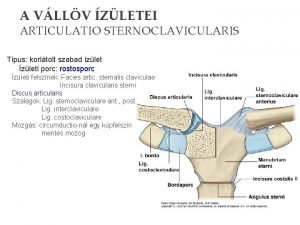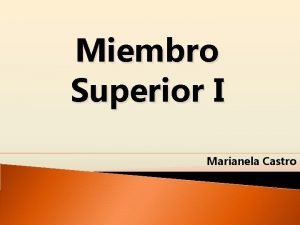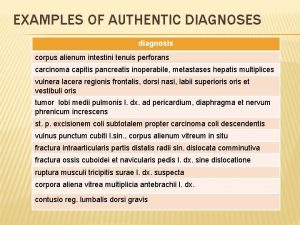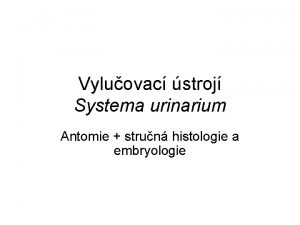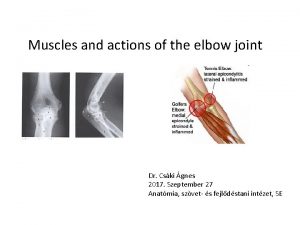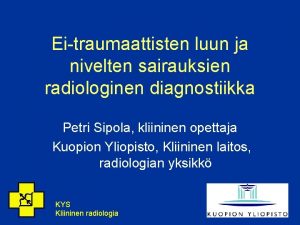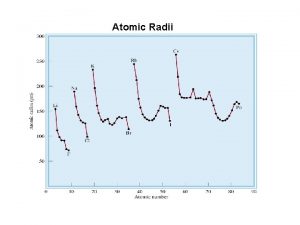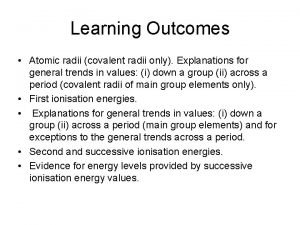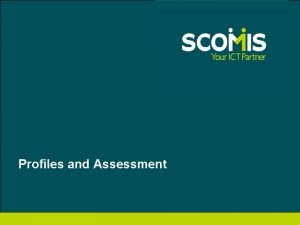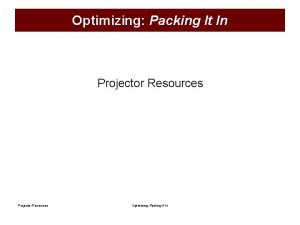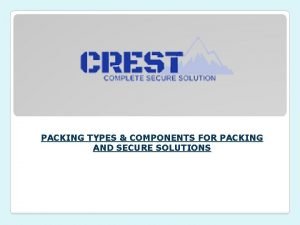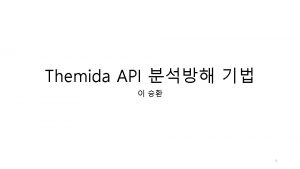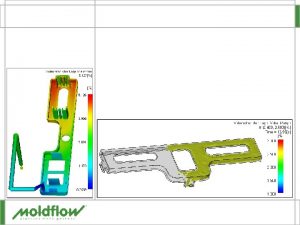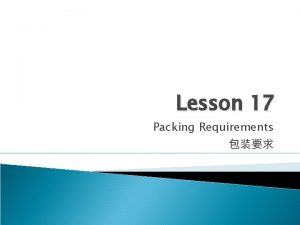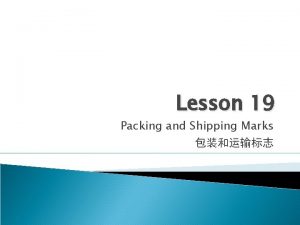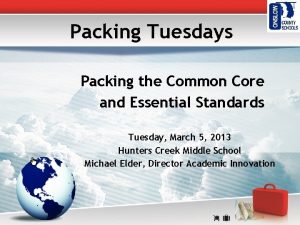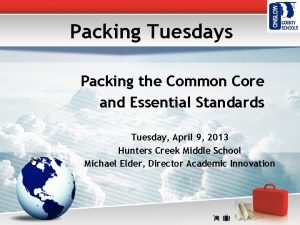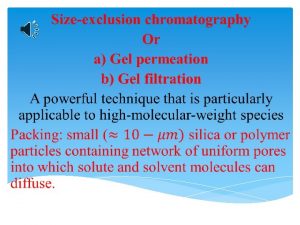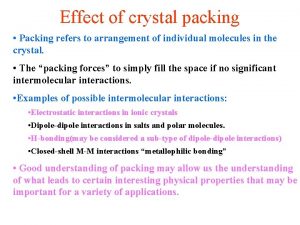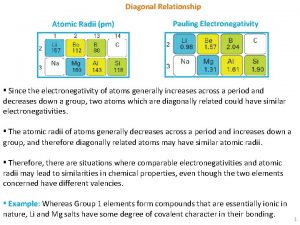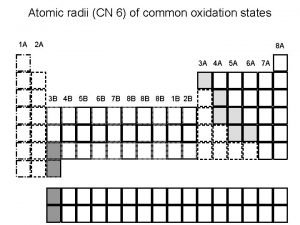Packing Cavities atomic radii contactdistance profiles cavities PP























- Slides: 23

Packing, Cavities • atomic radii, contactdistance profiles • cavities • P-P interactions • crystal contacts • solvent channels • de-stabilizing mutations in core (TS mutants? ) • entropy effects on surface

Surface Calculations • Lee & Richards - solvent accessible surface – expanded atom spheres, reentrant surfaces • typical water probe radius: 1. 4 A • computation: grid points vs. tangents (algebraic/analytic)

Molecular Surface (Connolly)

Alpha-shape theory • Voronoi methods • Liang and Edelsbrunner • pockets, depressions – depends on width of opening

Packing Density from Richards (1977) crambin (blue=vdw, red=interstitial) data on compressibility?

Jie Liang and Ken A. Dill (Biophys. J, 2001). Are Proteins Well-Packed? • • • 636 proteins; 1. 4 A probe radius proteins are dense (like solids), yet atoms are arranged like liquids (without voids) P=0. 76 for hex-packed spheres P=0. 74 for protein interiors distribution of number/size of voids is more variable, like a liquid surface area scales linearly with volume, instead of A a V-2/3

Clefts/Active Sites • Liang Edelsbrunner, Woodward (1998)


• Laskowski, Luscombe, Swindells, and Thornton (1996)

De-stabilizing mutations in core • cavities, tolerance, re-packing • Serrano L. , Kellis J. , Cann P. , Matouschek A. & Fersht A. (1992) • In barnase, 15 mutants were constructed in which a hydrophobic interaction was deleted • strong correlation between the degree of destabilization (which ranges from 0. 60 to 4. 71 kcal/mol) and the number of methylene groups deleted • average free energy decrease for removal of a completely buried methylene group was found to be 1. 5± 0. 6 kcal/mol. This is additive. • double-mutants? • temperature-sensitive mutants?

Side-chain contact profiles • Sippl – knowledge-based potentials • Subramaniam – PDF’s • dependence: radial distance, sequence separation

Protein-protein interactions • flat and hydrophobic? • Janin • Jones and Thornton (1996), PNAS – data on flatness, Hbonds • which is predominant: Hbonds vs. salt-bridges vs. hydrophobic interactions? (homodimers)

Complementarity of P-P interfaces • shape complementarity – measure “gaps” or voids – cavities at interfaces (Hubbard and Argos, 1994) • more common than in core • suggests complementarity doesn’t have to be perfect – surface normals: • R Norel, SL Lin, HL Wolfson and R Nussinov

• Lo. Conte, Chothia, and Janin (1999), JMB. – The average interface has approximately the same non-polar character as the protein surface as a whole, and carries somewhat fewer charged groups. – However, some interfaces are significantly more polar and others more non-polar than the average. – 1/3 of interface atoms becomes completely buried; packing density is similar to core (like organic solids) – in high-res structures, remainder of space is filled in by water molecules (making H-bonds) – size for “typical” interfaces: 1600± 400Å2

Electrostatic Complementarity • Mc. Coy et al. (1997) – defined two correlation coefficients between surfaces (summed over contacts): charge complementarity (ion pairs), and electrostatic potentials – depends on assignment of partial charges, solvation. . . – examine effect on DG – charge correlations: -0. 1. . +0. 1 (insignificant) – electrostatic potential correlations: 0. 1. . 0. 7 (significant) • steering and diffusion (Kozak et al. , 1995)

Jones and Thornton – Patch Analysis, PP-interface prediction

Examples of P-P interactions • • • b-lactamase/BLIP – one of the tightest antibody-antigens (HYHel 5) SH 2/SH 3 and tyrosine kinases PDZ domains calmodulin proteases, kinases (recognize+catalyze)

beta-sheet extension • arylamine N-acetyltransferase (nat) – – acetylates isoniazid in M. smegmatis pdb: 1 W 6 F active in solution as both monomer and dimer lower surface area, but many H-bonds

PPI Trivia • obligate vs. transient complexes - affinity • differences between antigen-antibody, protease-inhibitor, and rest of complexes • induced conformational changes • allostery • evolutionary conservation at interfaces (Caffrey et al. 2004), • correlated mutations? mutational hot spots, evolutionary trace (Lichtarge) • why are homodimers so common? (Lukatsky et al, 2007) succinyl-Co. A synthetase green=contact purple=conserved

Crystal-lattice Contacts • Carugo and Argos (1997) • small: 45%<100Å2, 8%>500Å2 • properties like rest of surface, so probably random • induced changes (rms)?

Protein-Protein Docking • FTDOCK - Gabb, Jackson, and Sternberg (1997) – use Fourier transform to evaluate shape correlation function – correlation function includes shape and electrostatic complementarity of surfaces – try 6912 rotations, Da=15º

r=-15 grid nodes within 1. 8 A of protein atom are “inside” • Multidock (Jackson, Gabb, Sternberg, 1998) – what about induced fit? alternative side-chain rotamers? domain rotations? – need refinement to do scoring of complexes, increase sensitivity to recognize correct interaction – add term for solvation energy (soft-sphere Langevin interactions between solvent grid points and surface side-chains) – sample different rotamers – Betts & Sternberg (1999) – induced fit at interfaces side-chain and backbone movements

• GRAMM (Vakser) – low resolution protein docking – maybe removing details will help. . . – search 6 D space for maximal surface overlap (20º rotations) – intermolecular overlap function – evaluated on a coarse 7Å grid Patch. Dock, Fire. Dock (Nussinov & Wolfson)
 Increasing atomic radius
Increasing atomic radius Atomic radius
Atomic radius Period 7 group 2
Period 7 group 2 Vfi atomic radii
Vfi atomic radii Electronegativity and atomic size
Electronegativity and atomic size Atomic radius
Atomic radius Crystalline and non crystalline materials
Crystalline and non crystalline materials Metallic crystal structure
Metallic crystal structure Is atomic mass and relative atomic mass the same
Is atomic mass and relative atomic mass the same Atomic number vs atomic radius
Atomic number vs atomic radius Trends in the periodic table of elements
Trends in the periodic table of elements Difference between atomic mass and mass number
Difference between atomic mass and mass number Atomic
Atomic Ossa membri superioris
Ossa membri superioris What is ionic radii
What is ionic radii Angulus medialis scapulae
Angulus medialis scapulae Fractura pollicis
Fractura pollicis Processus stiloideus
Processus stiloideus Transversalis tengely
Transversalis tengely Tuberculo supraglenoid
Tuberculo supraglenoid Corpus alienum nasi
Corpus alienum nasi Excavatio rectovesicale
Excavatio rectovesicale Radioulnar joint
Radioulnar joint Lateraalistenoosi
Lateraalistenoosi

